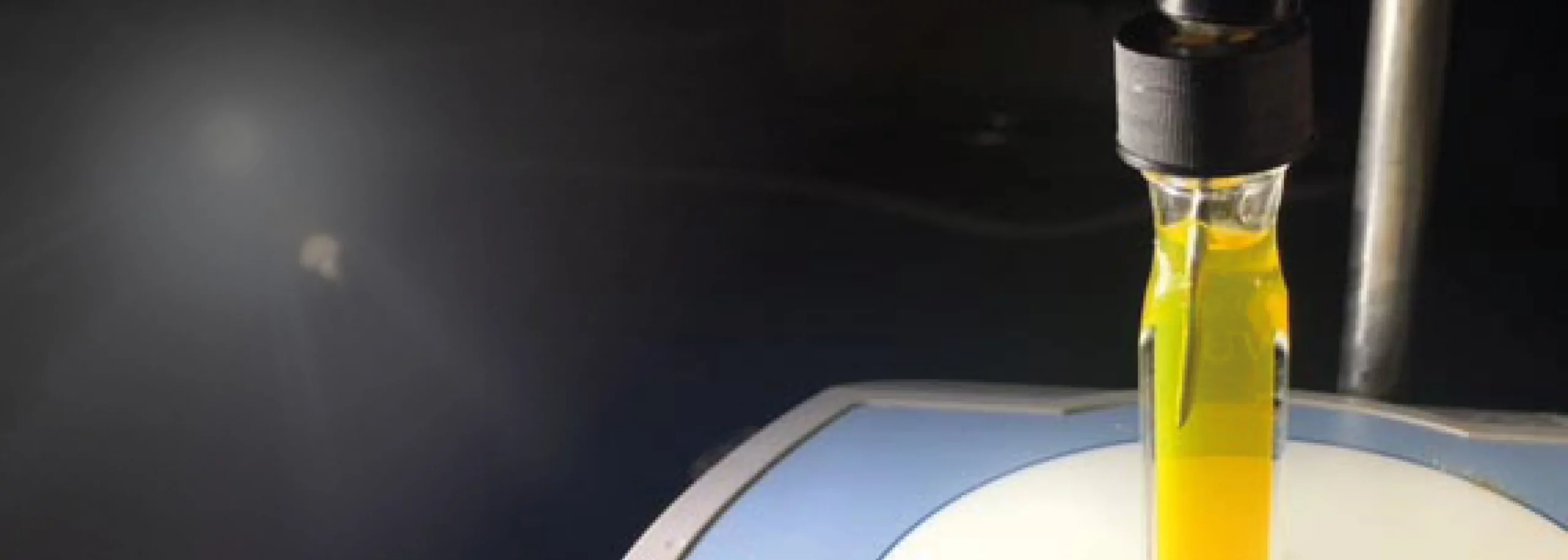
Water Splitting Studies
Hydrogen production at the surface of a semiconductor material
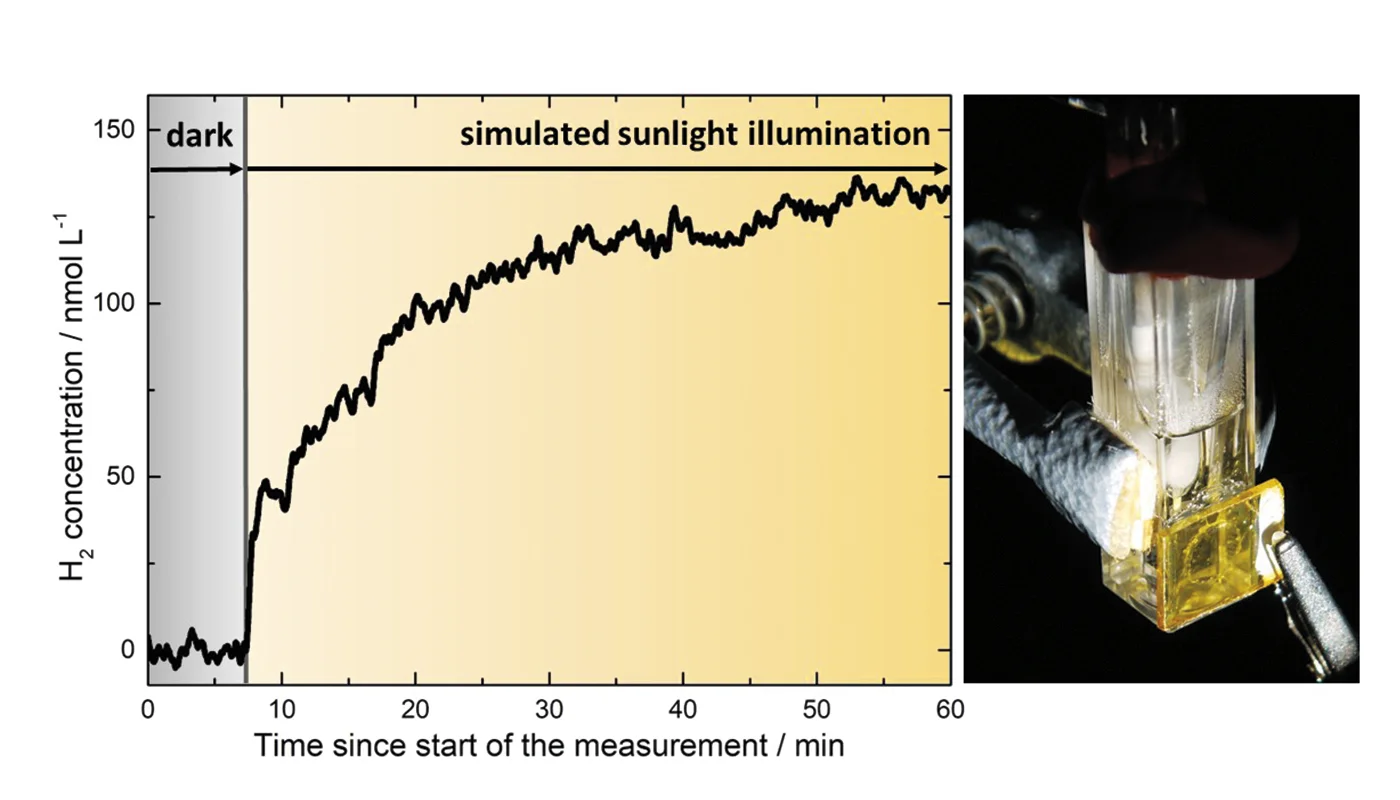
Hydrogen production catalyzed by organic polymer dots
Organic semiconductors have emerged as promising photocatalysts for light-driven hydrogen generation, offering metal-free structures, tunable optical properties, and material abundance. Dr. Haining Tian and his group at Uppsala University investigated polymer dots (Pdots) as photocatalysts for visible-light-driven water splitting.
Using a Unisense H2-NP low range microsensor with a detection limit of 50 nM, hydrogen evolution was monitored directly in aqueous Pdot suspensions by inserting the microsensor through the cuvette lid. Continuous and sensitive measurements confirmed that the Pdots efficiently catalyzed hydrogen production under visible light, achieving activity several orders of magnitude higher than pristine polymer material.
Importantly, the Pdots also demonstrated tolerance to oxygen, a key advantage for practical application. These results highlight Pdots as a highly effective class of photocatalysts for hydrogen generation.
Data and photo kindly provided by Dr. Haining Tian.
For further reading please see the article: Wang et al. Organic Polymer Dots as Photocatalysts for Visible Light-Driven Hydrogen Generation. Angew. Chem. Int. Ed. 2016.
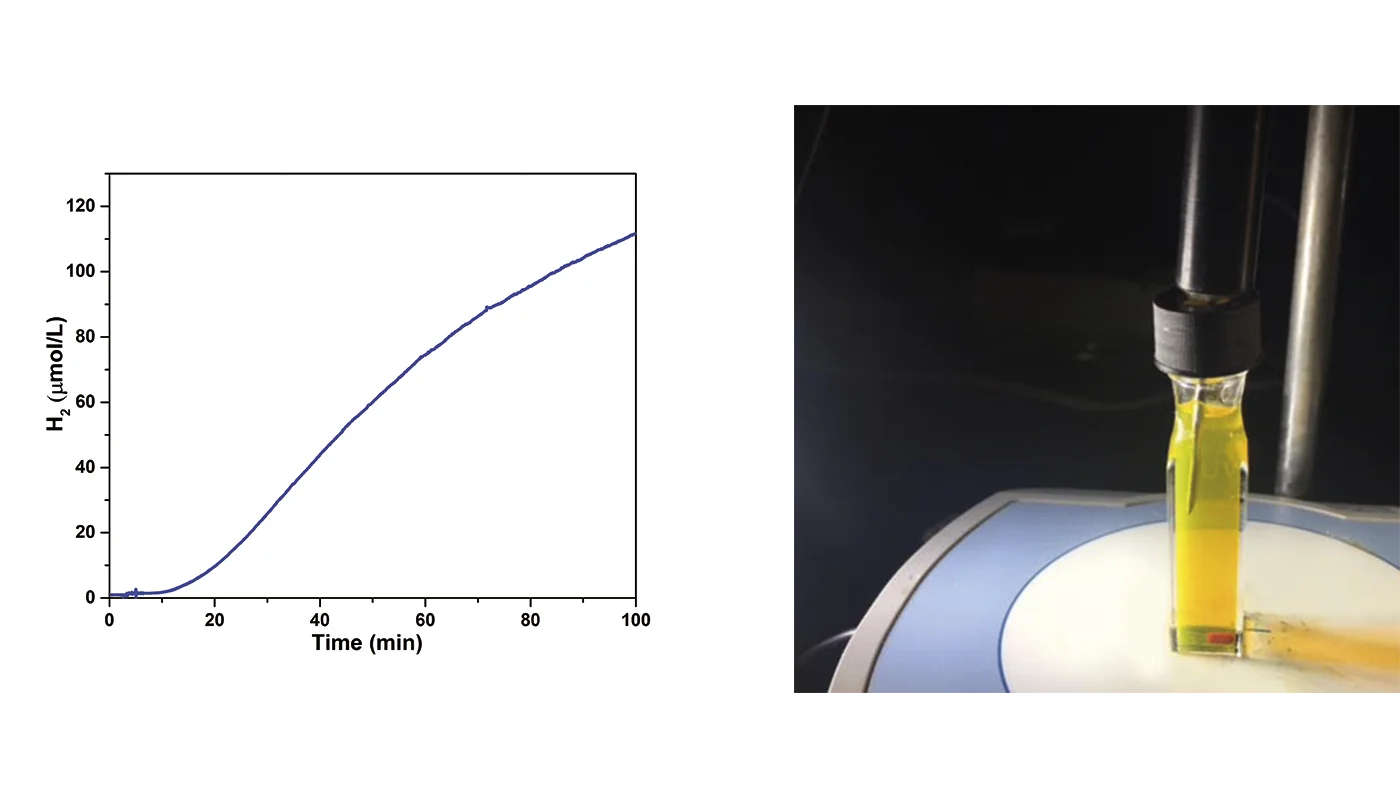
Related Publications
Related products
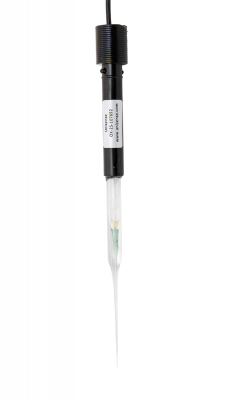
High performance oxygen microsensor
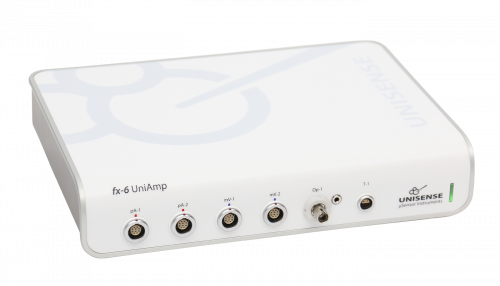
UniAmp Multi Channel for all Unisense sensors and electrodes including optical sensors
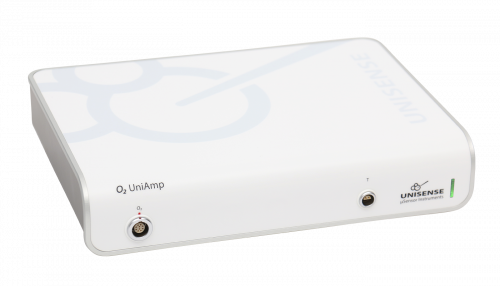
Economic amplifier portfolio for single analytes - O2, pH/mV, H2, N2O or H2S
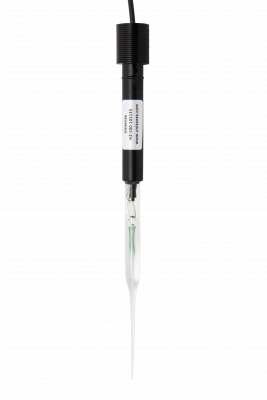
Measure dissolved and gaseous hydrogen

Calibrate your sensors and log time-series data.
